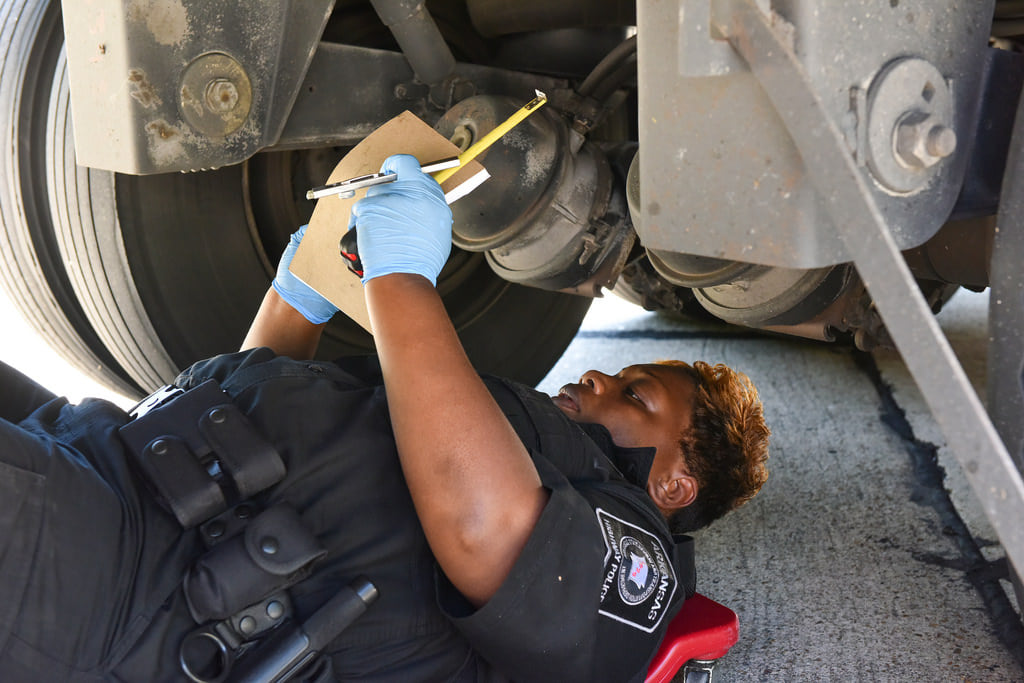10 tips to help truckers prep for CVSA Brake Safety Week

The Commercial Vehicle Safety Alliance (CVSA) has a major CMV brake inspection effort planned for August — here are some tips to get you ready.
What to Expect During Brake Safety Week
CVSA Brake Safety Week is taking place August 21 — 27 in Canada, Mexico and the U.S. During Brake Safety Week, inspectors will perform North American Standard Level I and V Inspections, reporting back brake-related data to the CVSA.
“Poorly maintained brake systems can reduce the braking capacity and stopping distance of large trucks and motorcoaches, which poses a serious risk to driver and public safety,” said CVSA President Capt. John Broers with the South Dakota Highway Patrol. “In those split-second emergency situations, the proper functionality of the brake systems on large commercial motor vehicles is crucial.”
The area of focus for Brake Safety Week 2022 is brake hose/tubing chafing violations.
See below for tips from the CVSA to prepare for the brake enforcement effort.
Brake Hose and Tube Tips
1. Inspect brake hoses and tubing as part of your pre-trip and post-trip inspections.
2. Report any issues in your driver vehicle inspection reports (DVIR).
3. Look for brake hoses that are making contact with steering, suspension, brake or other components, or the tires or frame.
4. Listen for air leaks, identify the location of the leak, and make the necessary repairs before leaving.
5. Brake hoses should not be kinked or improperly repaired.
6. Air lines should not hang down and touch the tractor deck or frame.
7. When you find air hoses or tubing making contact with other components, check for abrasion wear, and protect, secure or move the hose to prevent wear.
8. If a hose or tubing is chafing and has caused a reduction in diameter or, on thermoplastic hoses, the secondary white color is visible, a violation exists.
9. If a hose is worn so that the reinforcement ply is cut or abraded, this is an out-of-service condition and should be replaced immediately.
10. Make sure all repairs are consistent with manufacturer’s requirements and guidelines.